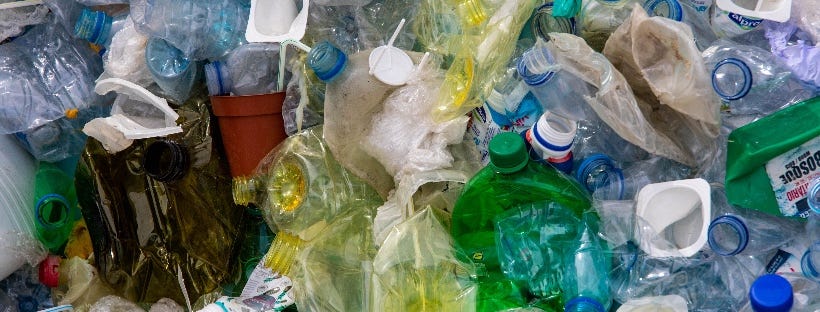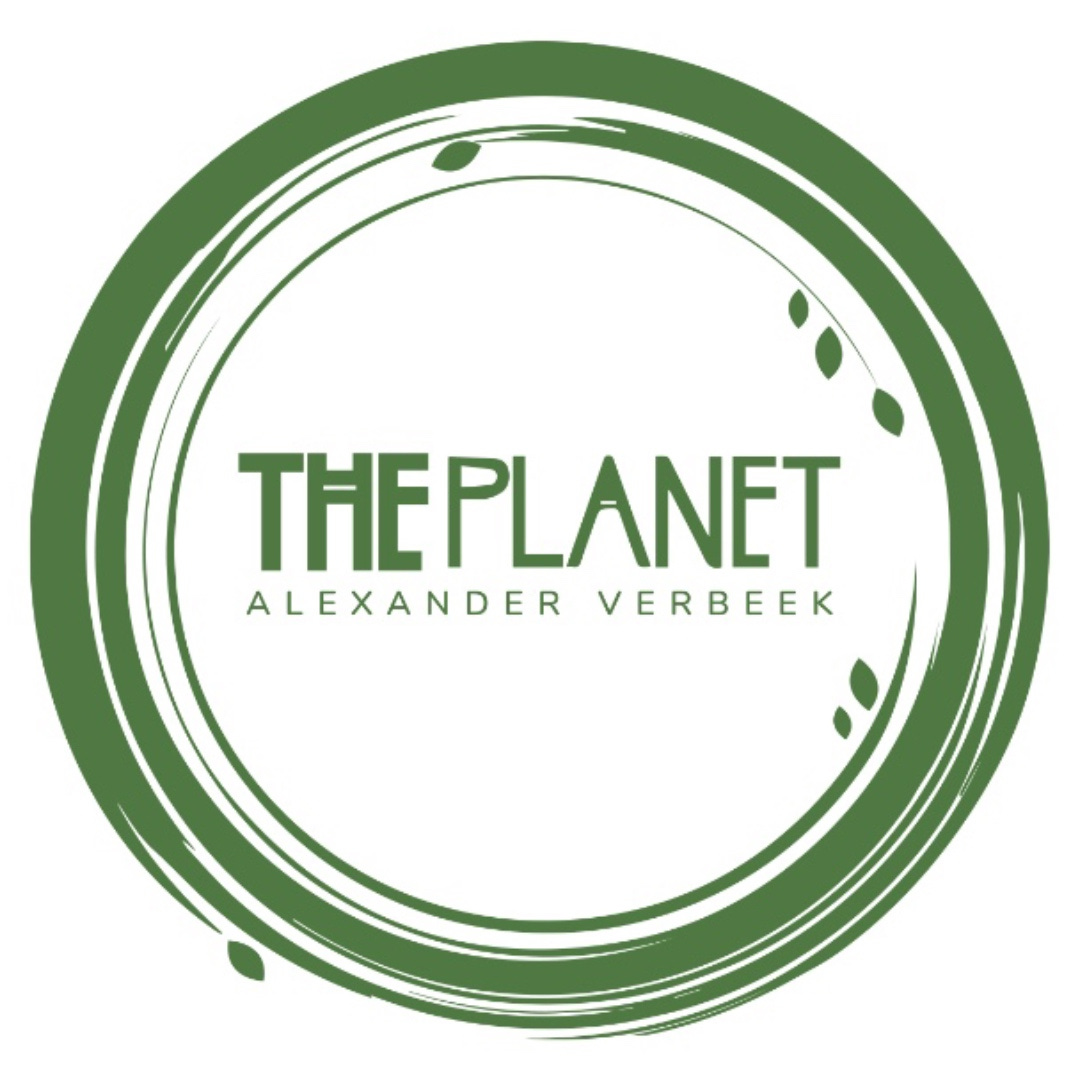If you are a regular reader of The Planet, you will likely have seen that some themes keep coming back in my stories, and that is not a coincidence. It is impossible to capture all the challenges to our planet’s ecosystem and the beauty of all forms of life on earth in a single story. There are many storylines, but they are all interconnected. I don’t work with a short-list, or rather a long-list, that I tick off, but you will see that some themes will keep reappearing.

Plastic pollution is one of those themes. I spoke in yesterday’s interview about the credit card per week that we find in our water and food, but it is just one of the many ways how the plastic problem is affecting life on this planet. In a marine national monument in the remote Northwestern Hawaiian Islands, a team collected 47 tons of plastic waste in just ten days. More than 80 percent of the haul consisted of ‘ghost nets,’ derelict fishing gear that keeps killing marine life long after it stopped being used to catch fish for human consumption. The few happy stories of team members in Hawaii rescuing seals account by all likelihood for only a fraction of the total cases that end with the animal dying.
Great Pacific Garbage Patch
Most plastic in the ocean is waste washed into the water from the land; only about a quarter comes from marine sources, like nets and lines. But in some areas of the world’s oceans, the percentage of marine plastic debris is higher; in the ‘Great Pacific Garbage Patch,’ it forms about half of all plastic waste. This pile of trash was discovered only some 25 years ago and is rapidly growing. By now, it is three times the size of France. It is another global disaster that we have not been able to stop. The prediction is that plastic waste flowing into the oceans will nearly triple in volume in the next 20 years.
Just like climate change, it is better to tackle this problem at its source. We should avoid that more plastics end up in the environment. Cleaning microplastics from the ocean is maybe even more of a Herculean Task than catching CO2 in the atmosphere. But there is some hope, or at least there is a new exciting approach that the Guardian mentioned today. Microbiologists have devised a sustainable way to catch microplastics from the environment. They want to use sticky bacteria that capture Microplastics, forming an ‘easily disposable and recyclable blob.’
Plastic on the ocean floor
I love these new kinds of developments and the creative thinking of scientists. But reading the Guardian article, some questions came up. The process is described as the bacteria ‘trap and group the microplastics and making them sink to the bottom of the water’. That may be very useful in a controlled wastewater environment, but it sounds rather unpractical in a five-kilometer deep ocean. About 70 percent of the plastic in the oceans sinks to the seafloor, and there is no hope we are ever going to clean our trash there. The depth record holder is a plastic bag, the grocery store type, found at a depth of 10,975 meters (36,000 feet) inside the Mariana Trench.
Avoiding that more plastic or Microplastics reaches the oceans is essential, making this new development of using bacteria a potentially valuable step in solving the bigger problem of global plastic waste.
If you enjoy reading The Planet, you help other readers and me if you do one of the following:
If you don’t receive this newsletter yet, please sign up to receive it in your inbox. More signups make this publication more visible, and you have something to read while you drink your coffee.
If you have signed up and still like it, please consider taking a subscription. If you can’t afford it, please stay and keep reading.
If you have subscribed, you already made me happy. Stay, enjoy, comment, and consider giving a subscription to your friends (some just did, I love that)








Good morning Alexander 🌻
Yup . . . he is still crying and so am I. See 'The Crying Indian in New York City'. Crying since 1970 on this classic example video: https://www.youtube.com/watch?v=h0sxwGlTLWw
Thank you for this morning letter, about making(again) and keeping our planet beautiful. And healthy! We have the tools and consciousness for today and tomorrows clean-ups.
We’ve banned plastic bags in my state, but that’s just the tip of the iceberg. Plastic is pervasive from caps on cardboard containers, blister packaging, toothbrushes, etc. Even as someone who is trying to limit using plastic is is nearly impossible. Until manufacturers use alternate materials and plastic recycling is really accomplished we will be battling this problem forever.